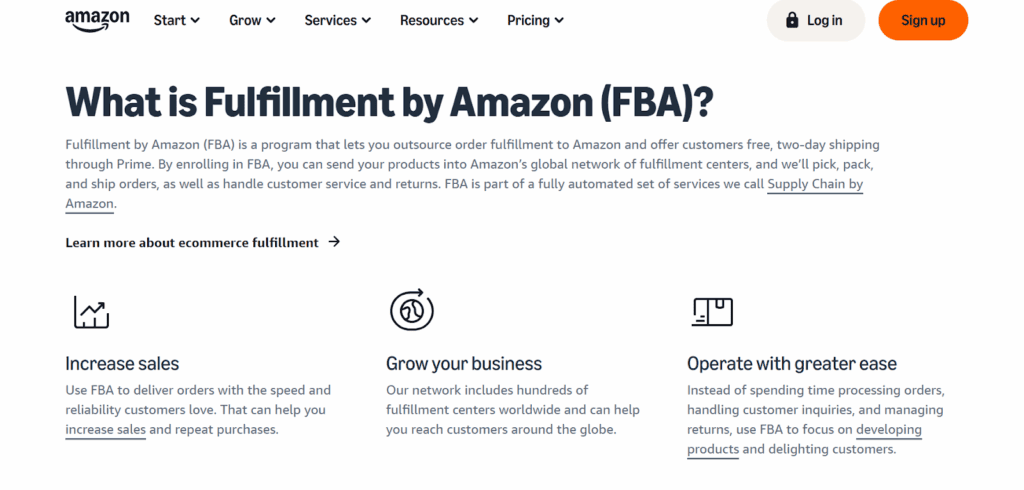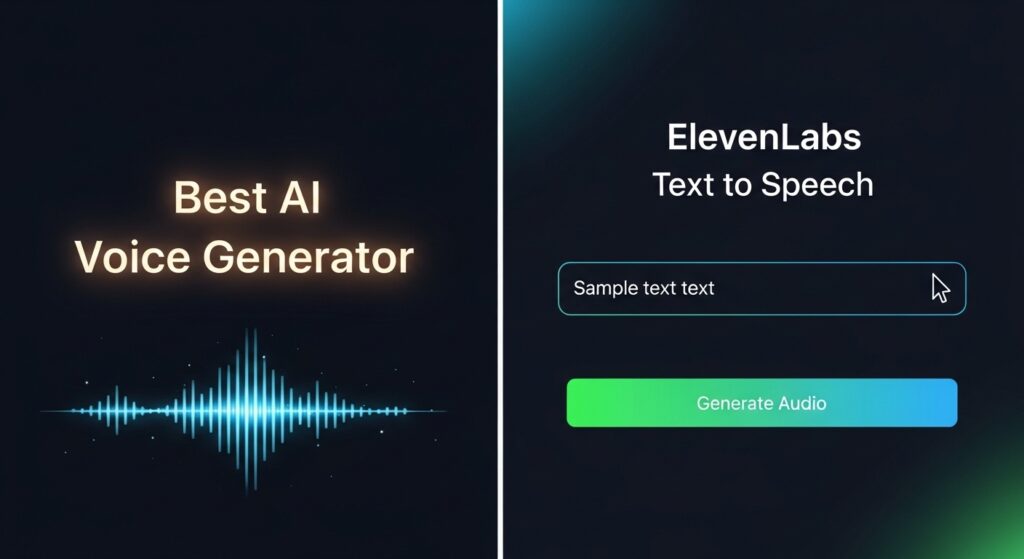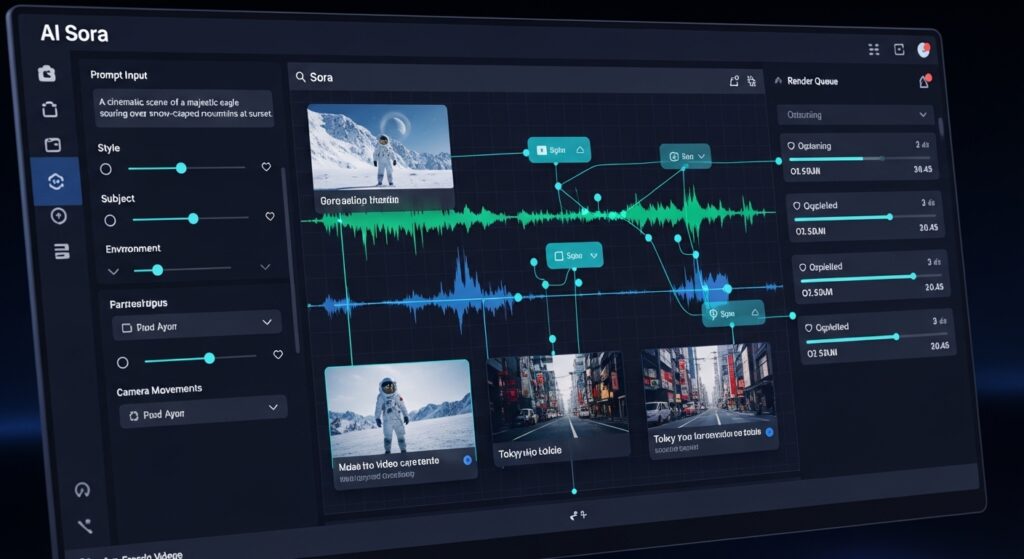What Is Amazon FBA, and Top Selling Products and Tools to Use

You want reach, Prime speed, and simple order handling. What Is Amazon FBA gives you storage, picking, packing, and fast shipping for every order. You focus on research, sourcing, listings, pricing, and ads while Amazon manages delivery and service for shipping issues. This guide shows what FBA is, how it works, top selling product types, banned items, and the tools you need to start strong.
What is Amazon FBA?
Amazon FBA means Fulfillment by Amazon. You send inventory to Amazon warehouses. When a buyer orders, Amazon ships it with Prime. You pay fulfillment and storage fees. You control pricing, ads, and restocks.
How Does Amazon FBA Work Step by Step?
- Pick a product with stable demand and healthy margins
- Source samples and confirm landed cost
- Prep, label FNSKU, and pack
- Create a shipment and send stock to FBA
- Build a listing with strong images and keywords
- Launch with ads and early reviews within policy
- Track profit, reorder points, and account health
Who Should Use FBA and When?
Use FBA if you want Prime delivery and national reach without a private warehouse. It fits brand owners, private labels, and wholesalers with small to medium items. Use FBM if margins are thin, goods are oversized, or you need custom handling.
What Fees and Costs Matter Most?
- Fulfillment fee per unit
- Monthly storage by cubic foot
- Long-term storage if the stock sits
- Referral fee by category
- Returns, removals, and disposal
Simple breakeven:
Selling price minus COGS minus shipping to FBA minus referral fee minus fulfillment fee minus ads equals margin. Keep at least 25 percent after ads to scale.
Which Products Sell Best on Amazon FBA Today?

Focus on small, light, durable goods with repeat demand.
Strong Categories:
- Home and kitchen, organizers, prep tools, liners
- Health and personal care, compliant items only
- Sports and outdoor accessories
- Pet supplies, consumables, and toys
- Office and storage, labels and trays
What Makes A Product “FBA Friendly”:
- Under 2 lb when possible
- Fits a shoebox or smaller
- Low break rate
- Clear problem solved in the title and images
- Room for an add-on like bundles or refills
Which Products Are Banned or Restricted?
Avoid:
- Hazardous materials and lithium goods without approval
- Prescription drugs and many medical devices
- Alcohol, tobacco, and related items
- Offensive or illegal content
- Certain supplements and risky topical claims
Also, check gated brands and categories. Use Amazon’s compliance pages and run a test ASIN before you buy stock.
How Do You Find Winning Products?
Data Checks:
- Sales velocity and price bands for the top ten listings
- Seasonality and search trends
- Review depth and quality gaps
- Competitor images and offer stack
Tactics:
- Map gaps and add value with bundles or extra parts
- Improve packaging and instructions
- Target niches with steady demand over fads
What Seven Tools Do You Need for Amazon FBA?
- Product research tool
Estimates sales, price history, rank, and review growth. Helps avoid slow movers. - Keyword research tool
Finds search terms and variants. Feeds your title, bullets, and ads. - Listing builder
Scores titles, bullets, images, A+ mockups, and mobile view. Ensures clarity. - Profit calculator
Model fees, COGS, ads, and breakeven. Prevents thin margins. - PPC manager
Runs auto and manual campaigns, harvests terms, and adds negatives. - Review and feedback tracker
Requests within policy. Alerts for bad reviews and hijacks. - Inventory and restock planner
Sets reorder points, tracks lead times, and protects IPI.
Example Tools by Job
- Research and keywords: Helium 10, Jungle Scout
- Listing build: Canva for images, native A+ manager
- Profit: Amazon revenue calculator
- PPC: Amazon Ads console, Down-only bids first
- Reviews: Amazon’s Request a Review flow
- Inventory: Restock report with your lead time sheet
What is A Simple Launch Plan That Works?
- Images first. Show the main benefit in image one
- Title with primary keyword and size or count
- Bullets with three concrete benefits
- A+ with comparison chart and size guide
- Price test across the first two weeks
- Ads day 1: one auto, two exact, one phrase
- Review plan within policy, no incentives
How Do You Optimize for Search and Conversions?
- Main image on white, fills 85 percent of the frame
- Secondary images with use-case and parts
- Short video that shows setup or proof
- Title: primary keyword, key spec, brand
- Bullets: benefits, not fluff
- A+ adds sizing, materials, and FAQs
How Do You Run PPC Without Wasting Spend?
- Auto campaign to harvest terms
- Exact match for winners with firm bids
- Phrase and broad for discovery
- Add negatives weekly
- Track TACoS and raise bids only on profit
What Risks Should You Plan for?
- Stockouts that drop rank
- Storage fees from slow movers
- Returns and abuse
- Listing edits and hijackers
- Account health flags
- Quality issues and recalls
Set buffers for lead time. Keep a 60 day stock target if cash flow allows.
Comparison Table: FBA vs FBM vs SFP
| Factor | FBA | FBM | SFP |
| Delivery speed | Prime fast | Varies | Prime fast |
| Control | Lower on handling | High | High |
| Margins | Lower after fees | Higher if efficient | Mixed |
| Workload | Low on shipping | High on shipping | High, strict SLAs |
| Best fit | Scale with Prime reach | Custom items, big or fragile | Pro sellers with strong ops |
Conclusion
Amazon FBA gives Prime reach and fast delivery. You win when your product is small, clear in value, and priced with healthy margins after fees and ads. Use the seven core tools to research, build, launch, and restock. Keep listings clean, images sharp, and ad spend controlled. Start lean. Measure profit weekly. Add new SKUs once the first one proves demand.
FAQs
1. What is Amazon FBA in simple terms?
You send stock to Amazon. Amazon ships orders with Prime and handles shipping service. You pay fees and manage price, ads, and restock.
2. How much do Amazon FBA fees cost on average?
You pay a referral fee and a per-unit fulfillment fee. Storage adds monthly cost. Use the Amazon calculator with your item size and weight.
3. Which products sell best on Amazon FBA?
Small, light, durable items in home, health, pet, sports, and office. Avoid fragile goods unless packaging is strong.
4. What products are banned or restricted on FBA?
Hazmat, prescriptions, alcohol, tobacco, many supplements, and offensive items. Some brands and categories are gated.
5. Which tools are required to start FBA?
Research, keywords, listing builder, profit calculator, PPC manager, review tracker, and restock planner. Start simple and add depth later.
6. How do I launch my first FBA product?
Build images and keywords, ship stock, turn on ads, and monitor reviews and returns. Adjust price and bids in the first two weeks.
7. When should I use FBM instead of FBA?
Use FBM for oversized goods, fragile items, or custom handling. Use FBA for small and fast movers that benefit from Prime.





